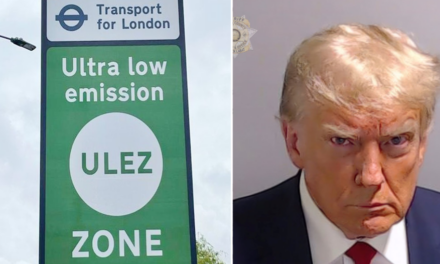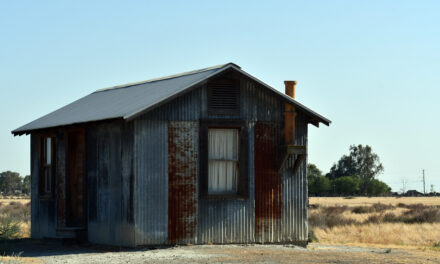St Paul’s Cathedral is set to undergo a “mosque makeover.” The decision, justified by the Archbishop of Canterbury Justin Welby, is attributed to the changing demographics of London.
“Since there are now more Muslims than Christians in London, we thought, why not give St Paul’s a fresh look?” Welby mused, sipping chai tea. “It’s all about adapting to the times and embracing diversity, you know.”
The makeover plans reportedly include replacing the iconic cross with a crescent moon, converting the pews into prayer rugs, and adding minarets to the grand facade. The traditional choir is rumored to be replaced by a muezzin, ensuring that the call to prayer echoes through the hallowed halls of the cathedral.
Some critics argue that this move is an overreach, questioning whether the change will stop at architectural adjustments or extend to replacing the Book of Common Prayer with a Quran, and communion wafers with dates.
Welby, however, remains steadfast in his vision. “It’s a win-win. We get to show off our commitment to diversity, and the pigeons around St Paul’s can finally enjoy the melodious tones of the call to prayer. Everyone’s happy!”
As news of the “mosque makeover” circulates, it raises questions about the limits of cultural accommodation and whether embracing diversity means turning centuries-old Christian landmarks into architectural chameleons.
The proposed changes are expected to roll out soon, prompting speculation about whether other historical sites will follow suit. Perhaps the Tower of London will become a sushi bar, or Buckingham Palace will host Bollywood dance classes. In the ever-evolving landscape of cultural sensitivity, it seems the sky’s the limit, or in this case, the minaret.
















